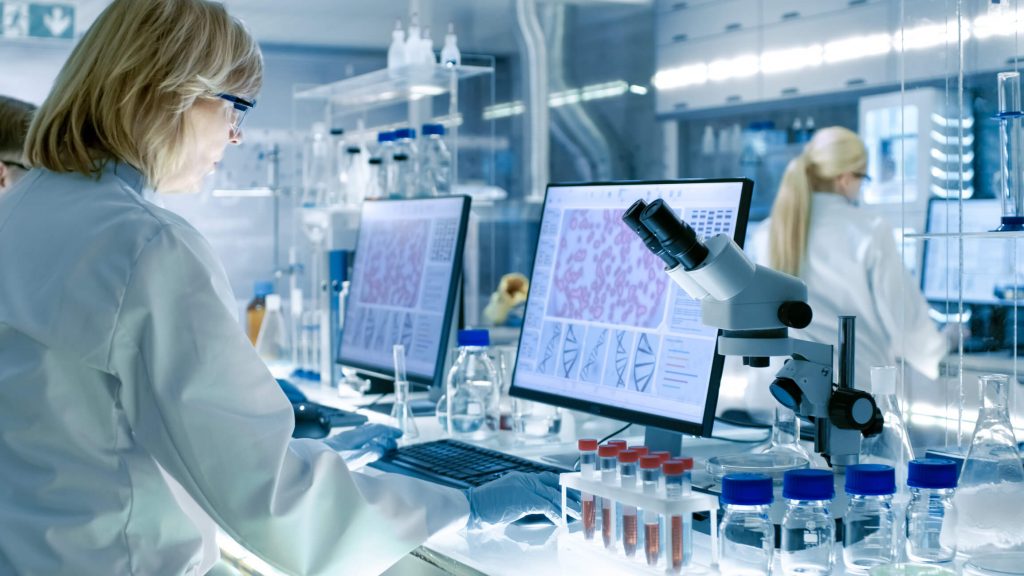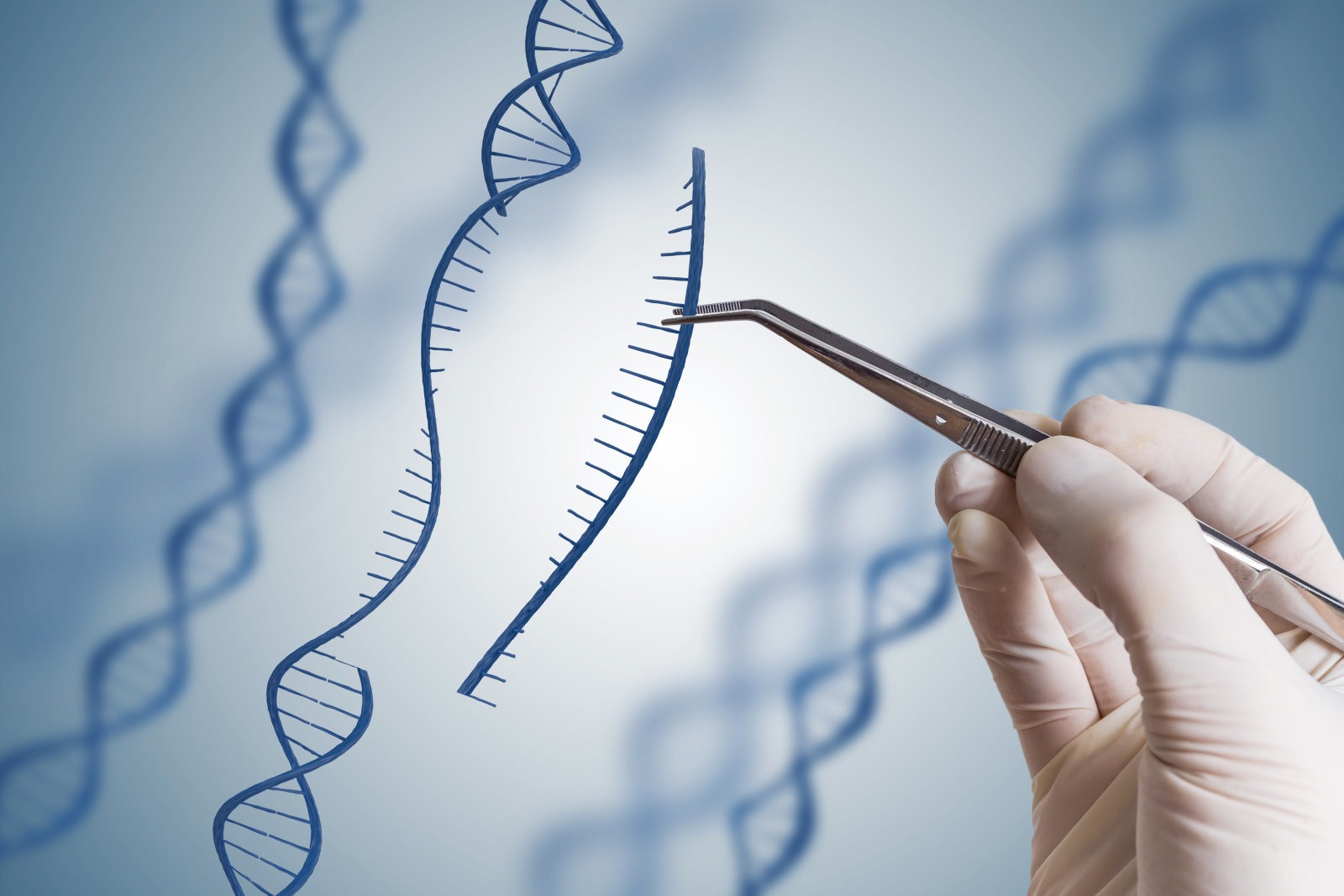The Future Of Biotech And The Gene Therapy For Investors
The future of Biotech and Gene Therapy has introduced innovations that require new products and services for investors. In the last twenty years, great advances in the fields of molecular biology and gene technology have been the driving force of rapid change and progress in biotechnology, and this technology has increasingly covered and affected a larger number of industrial and service sectors.
This technology, with the contribution of developments in computer technologies, has led to the emergence of new modalities in the field of preventive and therapeutic medicine that were unimaginable a few years ago.
As a result of a better understanding of physiological systems, biochemical processes, disease-causing mechanisms of pathogens, human and pathogen genomes, and our increased ability to manipulate molecules such as DNA, RNA, protein, and antibodies, additional diagnostic and treatment methods have begun to be developed in addition to conventional methods.
On the other hand, thanks to developments in the field of pharmacogenetics (the branch of science that studies the genetic factors that play a fundamental role in the formation of patients’ responses to drugs), the heterogeneity of diseases and the responses of individuals to drugs can be classified at the molecular level.
Shortly, genetic profiling tests that predict an individual’s response to a drug will be widely used. This shows that individual-specific treatment approaches will become applicable.
Gene Editing Technologies And Finance

Today, individuals who are familially prone to the development of colon and breast cancer can be identified through genetic testing, and the life span and quality of the individual can be extended with preventive surgery and/or medical treatment.
In addition, vaccination, one of the most important weapons of preventive medicine, has its share of developments in the field of molecular biology, and vaccine production technologies and application methods are developing at a rapid pace.
The gene encoding a protein sequence that can stimulate the human immune system from a virus or microorganism harmful to humans is transferred to other organisms and the production of vaccines in large quantities and with very few side effects is now considered an accepted technique.
Today, many vaccines developed using this method are used safely. According to the World Health Organization, 12 million children under the age of five die every year due to infectious diseases. Most of these deaths are due to the lack of healthcare services in third-world countries especially the lack of vaccines.
Personalized Medicine And Genetic Therapies For Investors

The world’s annual vaccine requirement is around two billion doses. Each child needs approximately 15 doses of vaccine in the first years of life. Transportation, sterilization problems, and especially the inability to provide the cold chain in all regions of the world direct researchers to develop more practical vaccines.
Edible vaccines are one product of these efforts. By transferring the gene encoding a protein that will stimulate the immune system of infectious disease elements (bacteria or viruses) to plants that children cannot easily say no to, such as bananas or potatoes, ensuring the presence of this protein in bananas or potatoes has a vaccine effect on individuals who consume this fruit or vegetable.
Again, as a result of understanding the molecular genetic mechanisms and inheritance patterns of diseases and our increasing ability to manipulate molecules such as DNA, RNA, protein, and antibodies, new treatment disciplines will gain importance in addition to existing treatment methods.
Gene therapy, which we can define as the replacement of the missing gene in the treatment of diseases of genetic origin, will begin to be used in a severe disease group shortly.
Investing Challenges And Opportunities In Regulatory Landscape
Encapsulated cell therapy (cell membrane removed) emerges as an important alternative to the incompatibility problem caused by the immune system. Studies on the use of stem cells in degenerative diseases are gaining more support and promise every day.
Stem cells can differentiate into organ cells in different organs, and in this way, some neurological diseases such as heart muscle defects and Parkinson’s disease can be treated experimentally.
Cells can be targeted by using antibodies or protein particles (peptides) specific to different tissues or cancers, and toxic therapeutic agents can thus be used for therapeutic purposes in doses that are harmless to the patient.
Again, substances that can be toxic if they are active can be given to the body as inactive (prodrug) and activated in the target cells or tissues that are desired to show their toxicity.
Investment Trends In The Biotech Sector
The development of computer technologies has facilitated the production, storage, and transfer of information, and has removed the boundaries in the information world, allowing everyone to access all kinds of information. Now, with the help of robots, even surgery can be performed by experts remotely.
In addition to telemedicine applications, indescribably important information about the genomes and proteomes of humans and other living things can be stored thanks to computers and used by scientists all over the world.
Computers also help to find genes, solve their functions, allow the processes in cells to be modeled in silico, and are used to design molecules that can play a role in these processes, that is, to develop molecules that can be used as drugs, and finally to produce molecules or markers in laboratories by being used for automation and robotics purposes. It helps R&D studies by ensuring high speed and standardization in scanning processes.
Developments in the field of nanotechnology will enable the development of devices that we can call micromachines (measuring approximately one hundred millionth of a meter), the production of tools that can monitor body parameters through the blood vessels they circulate, and the correction of pathological conditions such as arteriosclerosis with micro-interventions.
The “Human Genome Project”, one of the most important projects in human history, will be the focus of very important developments in medicine and the pharmaceutical industry in the coming years.
Ethical Considerations And Public Perception
Gene and protein studies (Genomics and Proteomics) provide very important contributions to the molecular basis and treatment approaches of diseases. A very fast and exponentially developing trend in science and technology is expected in the next 20 years.
For example, combinatorial chemistry and HTS will greatly change screening research, which is in the early stages of the R&D process. It should not be forgotten that these applications have resulted in a 10-fold increase in the number of compounds that have been pre-screened for research in drug development in the last five years and a 100-fold increase in the number of compounds to be screened. These tools will become even more important as new treatment areas are opened.
In the last 50 years, the pharmaceutical industry has directed all its strength in drug development projects towards approximately 500 biological targets. However, the Human Genome Project aims to identify the entire human genome, covering 35000-40000 genes, in the next decade.
Therefore, the reflection of GENETIC SCREENING on R&D will be great. Even if it is assumed that 5% of the proteins encoded in the human genome will have therapeutic value, this means 25000 new biological targets.
Parallel to all these developments, the face of the industry will change, and in addition to the production of classical pharmaceutical forms such as tablets, syrups, and lotions, the pharmaceutical industry will have to invest more and more in advanced detection, protection, and monitoring treatments.
See you in the next post,
Anil UZUN
